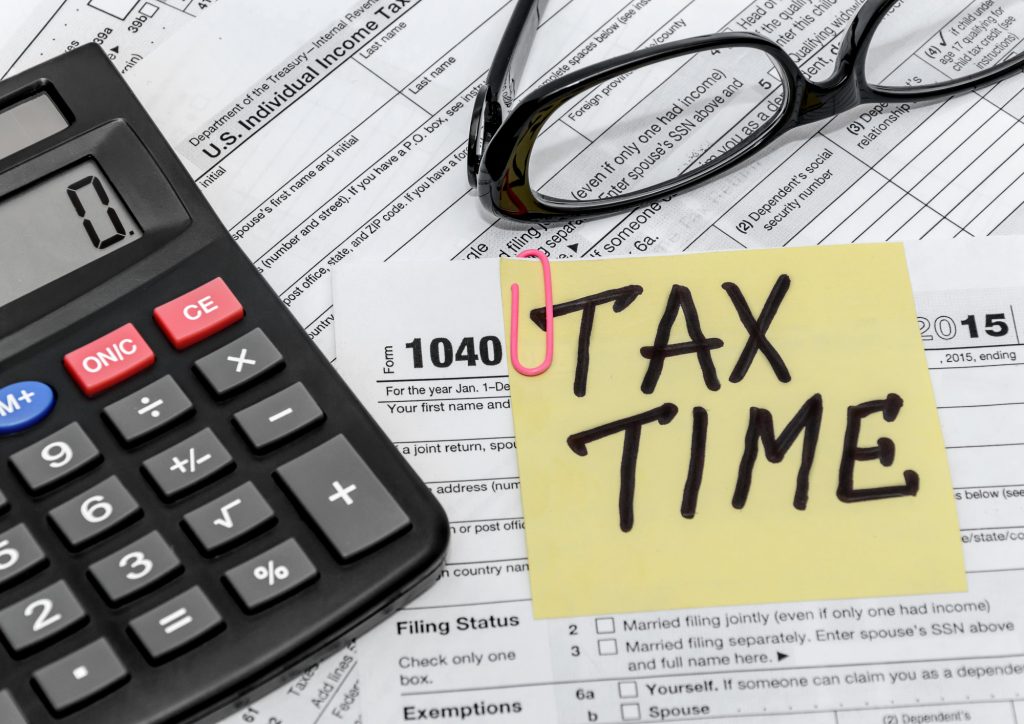
According to the IRS, the average taxpayer receives a tax return of $3,000. The thing is, many taxpayers don’t know what to expect when tax season rolls around. Some are even blindsided when they unexpectedly learn they owe the IRS.
So long as you are a W-2 employee and claim 0 or 1 on your taxes, odds are you’ll receive a little something in return. But how much, exactly? If you understand tax brackets, you’ll be able to estimate your total tax rate for the year.
How do tax brackets work? Let’s dive deep and discover everything you need to know about the oft-misunderstood federal tax brackets.
2020 Tax Brackets
Federal tax brackets change every year — and your income likely does, too. Before you can understand the complexity of tax brackets, let’s take a look at the upcoming rates for 2020. These vary depending on your filing status.
The vast majority of Americans will file as either single or married, so we’ll present that information below.
If your filing status is single or married, filing separately:
$0 to $9,875: 10% Tax Rate
$9,876 to $40,125: 12% Tax Rate
$40,126 to $85,525: 22% Tax Rate
$85,526 to $163,300: 24% Tax Rate
$163,301 to $207,350: 32% Tax Rate
$207,351 to $518,400: 35% Tax Rate
$518,401+: 37% Tax Rate
For those who are married, filing jointly, simply double the income brackets. For example, the 10% tax bracket is $0 to $19,750, twice as much as $9,875.
How Do Tax Brackets Work?
While tax brackets look easy on paper, they seem to confuse many taxpayers. That’s because your effective tax rate is a combination of multiple tax brackets.
For now, let’s start with the basics. Your gross income determines which tax bracket you initially fall into. If your filing status was single and you made $45,000 this year, you will enter the 22% tax rate bracket since your income falls between $40,126 to $85,525.
However, your gross income is not taxed at this 22% tax rate. That’s because the United States tax system is progressive. Your tax rate increases as you move up the tax scale.
Although this may sound confusing, it’s more simple than it may first appear. Let’s continue working with our $45,000 example.
If you earned $45,000, the IRS will tax the first $9,875 at 10% according to the 2020 tax bracket scale. Your earnings from $9,875 to $40,125 are then taxed at 12%. Finally, you’ll enter the 22% tax bracket from $40,126 to $45,000.
This means only about $5,000 of your gross income is taxed at a 22% tax rate. Your effective tax rate is much smaller.
You often hear Americans mistakenly avoid pay raises or new jobs, as they believe they will enter a new tax bracket and make less than they do now. But due to the progressive tax system, only their new earnings are taxed at a higher rate.
Don’t fall for the same trap. More money is always more money, even if there are diminishing returns.
What Is an Effective Tax Rate?
Since you pay taxes across a spectrum of different brackets, it’s difficult to determine your effective tax rate. This is the actual tax rate you incurred for the year. Those who are savvy about tax brackets can come to a decent estimate well in advance.
Otherwise, you won’t know your effective tax rate until the end of the year.
First, determine how much tax you paid for the year. This information should be available on your employer-provided W-2 form.
Next, you’ll need to know your taxable income. At the end of the day, you don’t have to pay taxes on every dollar you earn thanks to tax credits and deductions. Once you’ve accounted for these deductions, you’ve arrived at your taxable income.
Divide the taxes you paid by your taxable income. This is your effective tax rate, a combination of the taxes you’ve paid across multiple brackets.
Reducing Your Tax Bill
By taking advantage of deductions, you can drastically lower your taxable income, avoiding the higher tax brackets and marginal rates that come with them. Tax deductions come in many different shapes and sizes.
For example, you can claim a deduction for all interest paid on student loans. Let’s say you paid $500 on interest this year. If this were your only deduction and you made $45,000, you would have a taxable income of $44,500.
That’s not much, is it?
But deductions often are much larger, such as the standard deduction. For a single filer, the standard deduction, which anyone can claim, is $12,400. Combined with our student loan deduction, your taxable income is $32,100.
That means you avoid the 22% marginal tax rate.
You can also turn to tax credits. These do not lower your taxable income but instead lower your taxes directly. If you owe $5,000 in taxes and claim a $500 tax credit, then you pay $4,500 instead.
Other Tax Considerations
When people talk about tax brackets, it’s usually at the federal level. However, some states have their own tax brackets which you’ll want to account for.
Sure, you paid taxes on your $45,000 according to the federal government, but the state wants a piece, too. Take a look at your state’s financial website to discover which rate applies to you. In general, you can expect to pay anywhere from 0% to 13%.
You may also have to pay city taxes in some regions. These can run from 1% to as high as 6%. Keeping these extra taxes in mind, your effective tax rate will rise accordingly.
Making Sense of Tax Brackets
How do tax brackets work? By now, we hope you have a basic understanding of the progressive US tax system. You’re already well ahead of most taxpayers if you can understand the basics.
But not everyone can. Other taxpayers have more complicated tax scenarios, such as freelancers and small businesses. If you need help with your taxes, contact us for a free consultation.


